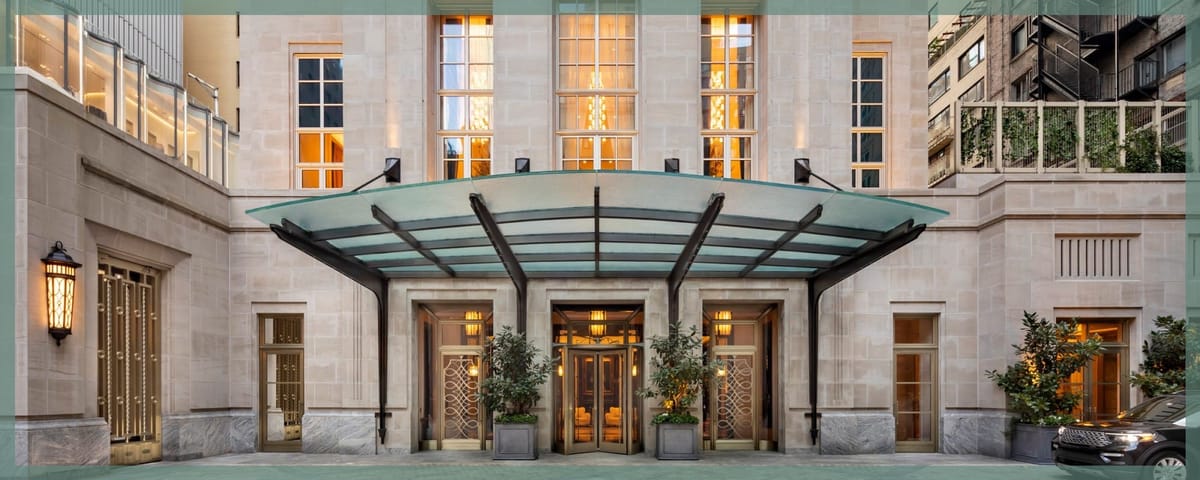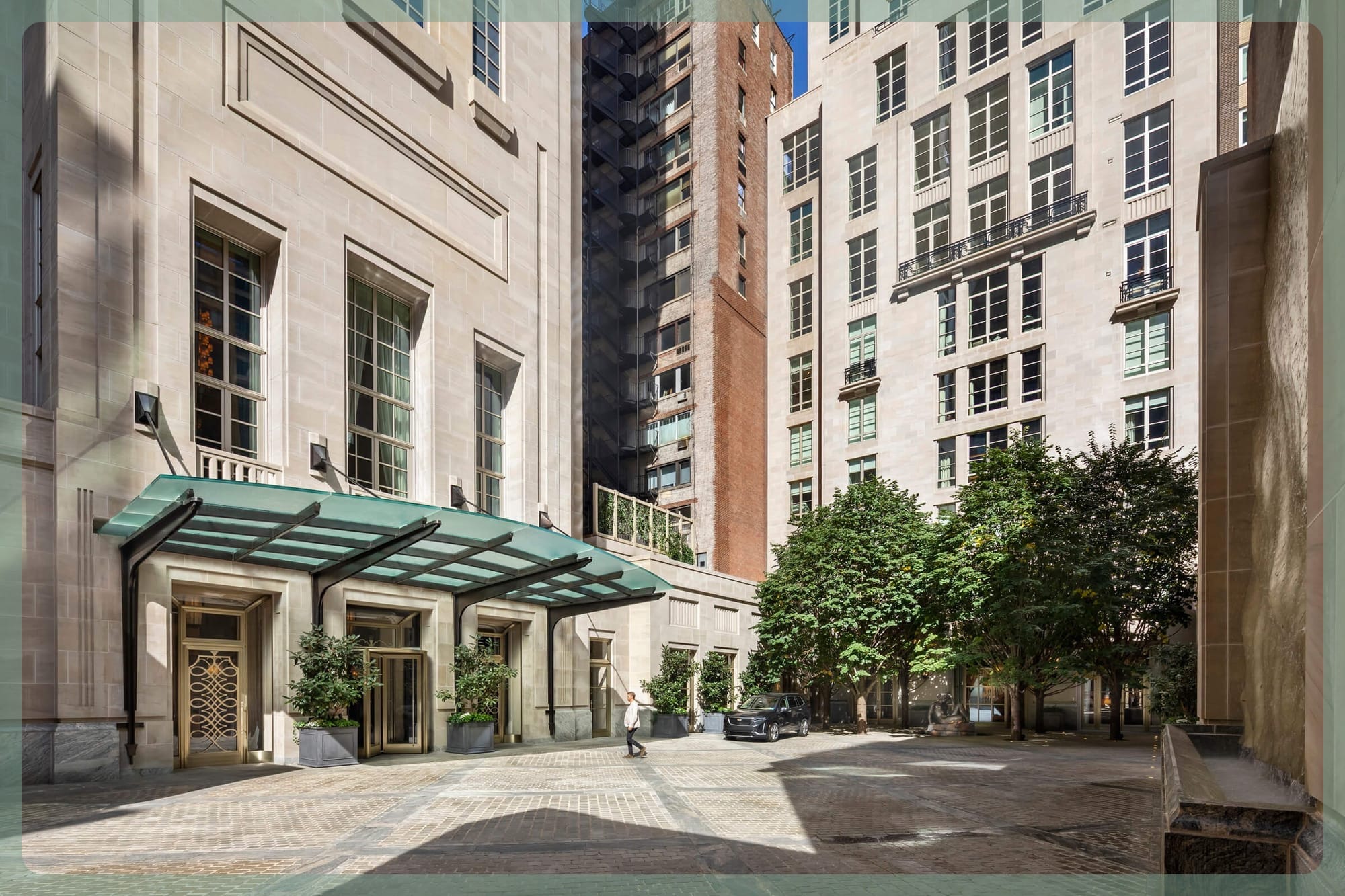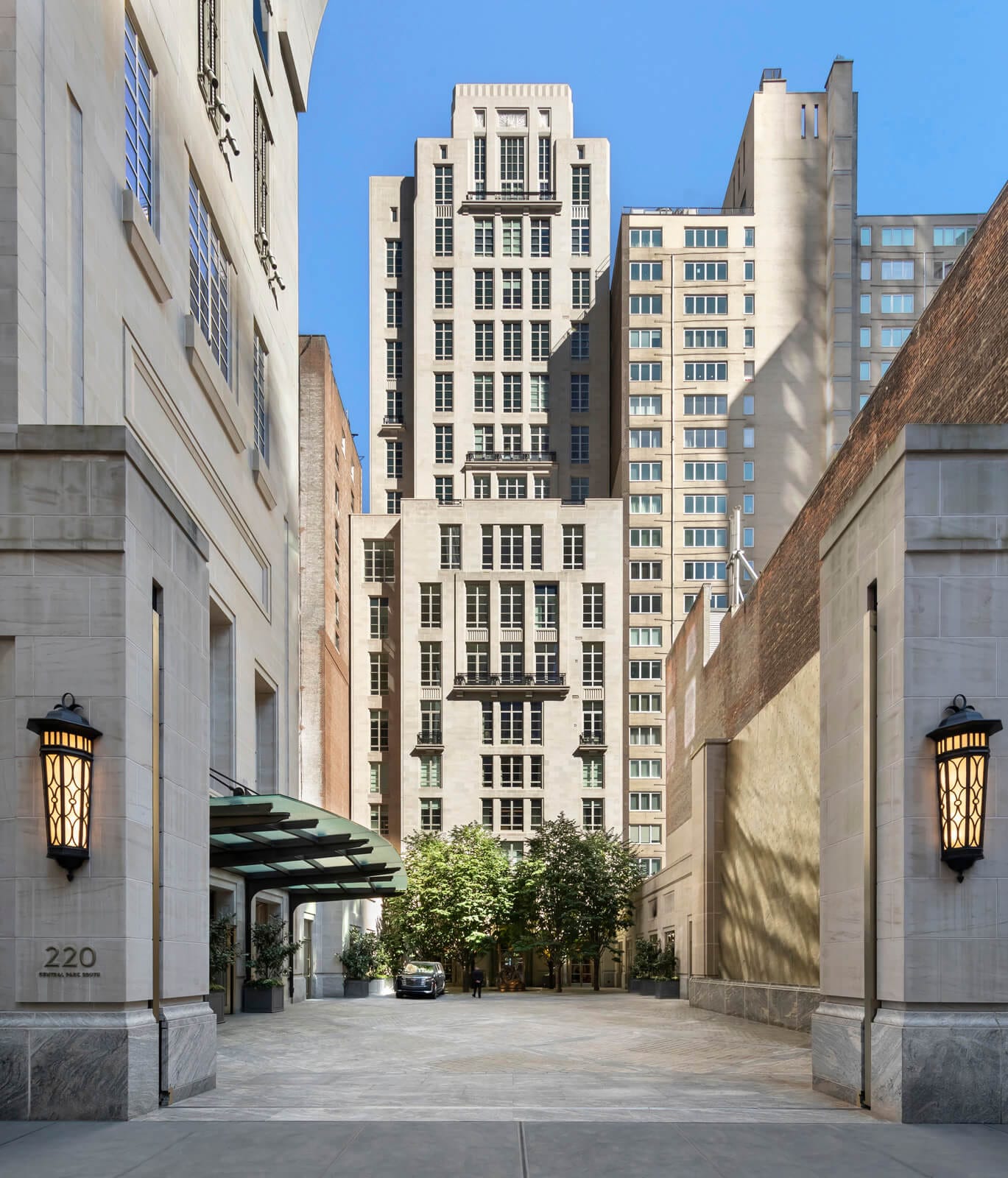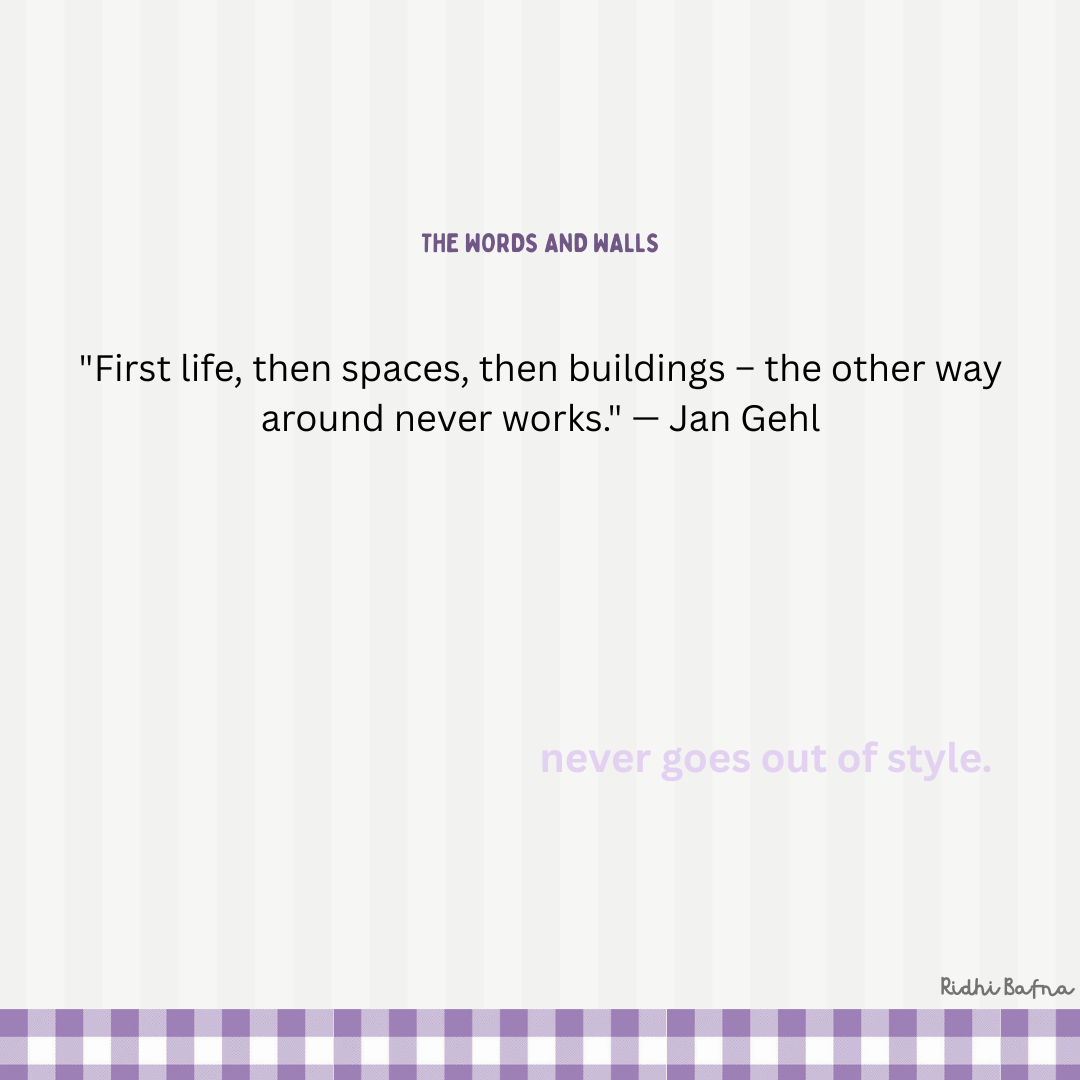The Difference Between a Name on a Building and a Building with a Name

Does your architecture have a name?
And no, not the name you and your client know because you put up a sparkly marble-clad name board outside.
Nor the address on your lease or the number your delivery guy needs to find you, that's just the way the city keeps track of things.
We're talking about a name that lives in the minds of people across the city, a name that means something not just to those who live in the building, but to anyone who passes by. Like the buildings in the picture below. Their names are known by heart not because the architect made people memorise it, but because they did designed something worth remembering.

The Chrysler Building gleams at dusk not because someone wrote "gleaming" in a marketing brief, but because the architect cared enough to make it gleam. The beauty in these buildings is that they don't just occupy space, they create it. They don't just house people, they inspire them.
Architects can't force memorability. But they create the conditions for it.
It’s about designing buildings that becomes part of the local vocabulary, the place that shows up in stories, the kind of architecture that feels like a character in its own right. Sometimes, writers even borrow these places for their novels, using the building’s designed meaning to add depth to their own stories.
But that kind of meaning doesn’t come from collecting Pinterest boards or following whatever’s trending on Instagram. It’s designed layer by layer, choice by choice.

- It comes from paying attention to what has lasted, and why.
- It comes from understanding how classical proportions make a space feel comfortable
- Or why some materials age beautifully while others don’t.
- It’s the result of lessons passed down from architects who built for the long term, not for social media.

You can be the architect who blocks out time to study design thinking like the composition theory for twenty minutes every Tuesday morning. Or you can wing it and hope for the best.
Because the architect who makes time to understand why certain proportions feel right, like why the eye craves that base-middle-top rhythm, doesn't need a consultant to tell them when something works. They know, because they’ve learned what works.
The one who studies how limestone weathers or how brick develops character over decades will naturally choose materials that improve with time.
When you notice how natural materials gain patina, or why a cornice completes a building, or how hand-laid brick creates texture that makes people stop and touch, you start to see what makes a place Memorable.

So, you can design for the long game, or for next month’s magazine highlight. but just know, the buildings we remember weren’t built for likes. They were built for people walking past it, for daily life, for hope, for wonder. The likes are just a side effect of good design.
Every design is a choice about the world you want to create.
The shortcut is always there. The real question is whether you’ll take it.
The hope is you won’t.

The city is waiting for what you'll add to its story.
Make it count.
